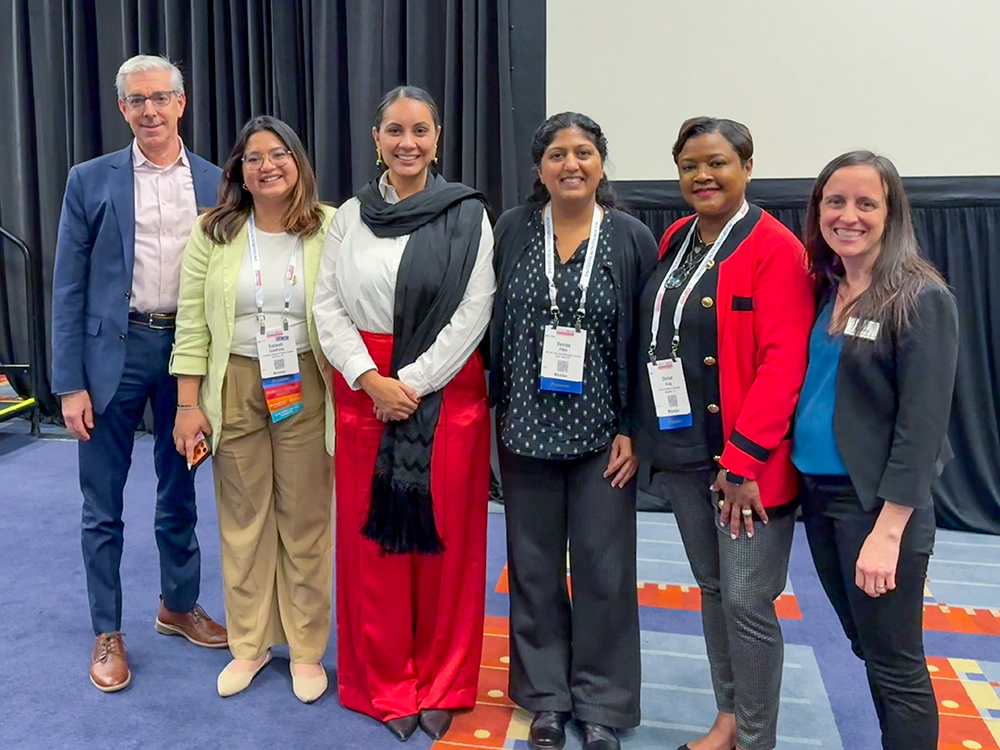Lorem ipsum dolor sit amet, consectetur adipiscing elit. Suspendisse varius enim in eros elementum tristique. Duis cursus, mi quis viverra ornare, eros dolor interdum nulla, ut commodo diam libero vitae erat. Aenean faucibus nibh et justo cursus id rutrum lorem imperdiet. Nunc ut sem vitae risus tristique posuere.
The Senate Inflation Reduction Act (IRA) has some good things in it that are greatly needed by low-income, people of color and environmental justice communities—such as incentives for clean energy technologies, electric vehicles, school buses and transit. Each of these would help families who are energy insecure with their electric bills, retrofits and tax credits to assist with making homes more energy efficient. Targeted investments will address legacy pollution and pollution hot-spots created by racial redlining and environmental racism that have contributed to elevated health disparities and climate threats. There are now resources to address bad transportation infrastructure and highway projects that have caused displacement, disinvestment, economic isolation, and theft of transformative wealth—Black and other people of color homeowners and business owners.
The 725-page Senate bill has nearly $370 billion investments to address greenhouse gas emissions, and $60 billion (actually $47 billion) to advance environmental justice and health equity. Given the urgency of the climate crisis and the disparate impact on disadvantaged communities, the amount set aside for environmental justice is inadequate. At minimum, Congress should use the White House Justice40 framework (deliver at least 40 percent of the overall benefits from Federal investments in climate and clean energy to disadvantaged communities) in allocating the bill’s $370 billion climate funding—investments and benefits that are desperately needed and long overdue.
There are provisions and incentives in the bill that run counter to reducing greenhouse gas emissions and relieving legacy pollution, health threats, and pain and suffering of already overburdened environmental justice communities. This is especially the case in the South and Gulf states where decades of research, reports and books—many written by our own scholars and experts—clearly document the wrong complexion for protection and environmental racism where petrochemical and other polluting industries have created environmental “sacrifice zones” and “Cancer Alleys,” where the health of residents in fence-line communities is cheapened.
Once again, the current Senate bill includes gifts—tax credits to these same fossil fuel companies for the unproven carbon capture and storage (CCS), more offshore oil and gas leases, and more pipelines guarantees for new fossil fuel leasing in the Gulf of Mexico—adding unwanted pollution to already overburdened environmental justice communities, inhabited largely by Black, Latino, indigenous and poor residents.
Environmental justice communities once again are placed in a precarious position of having to accept risky and unproven CCS technologies, more pollution, unfair health “trade-offs” and harm in order to get economic, environmental and climate benefits. Many environmental justice groups and coalitions have grave concerns about the risky and unproven technologies being promoted with federal tax dollars. The Senate bill on one hand “giveth” benefits and on the other hand “giveth” more potential health burdens to already vulnerable environmental justice communities. These funding contradictions should not be brushed aside or ignored. The contradictions need to be rigorously assessed and improvements made in the bill to minimize negative impacts that fall disproportionately on our most vulnerable populations and communities wherever they are found.





